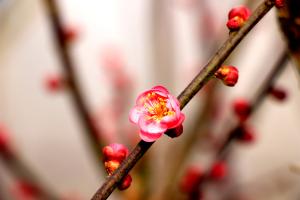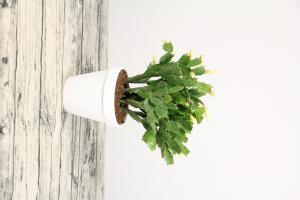1、 How to trim
Its flowers are purple or red and only grow at the top of the branch. After it blooms, the residual flowers will remain on the branch. We need to trim it off, which can not only make it more beautiful, but also reduce its nutrient consumption. When pruning, we should know that it is very resistant to pruning, and we don't have to be afraid to cut it
After it blooms, we need to cut the flowering branches first. We don't need to cut too short, just cut some at the top. If the branch is long, you can cut off one-third or two-thirds, or design a shape for it
Pruning is to keep its nutrients from being wasted and grow more branches with more compact shape. Therefore, after it blooms, it can be thinly pruned, the withered branches can be removed, the thin branches can be cut, and the side branches can be cut, so that it can grow more new buds
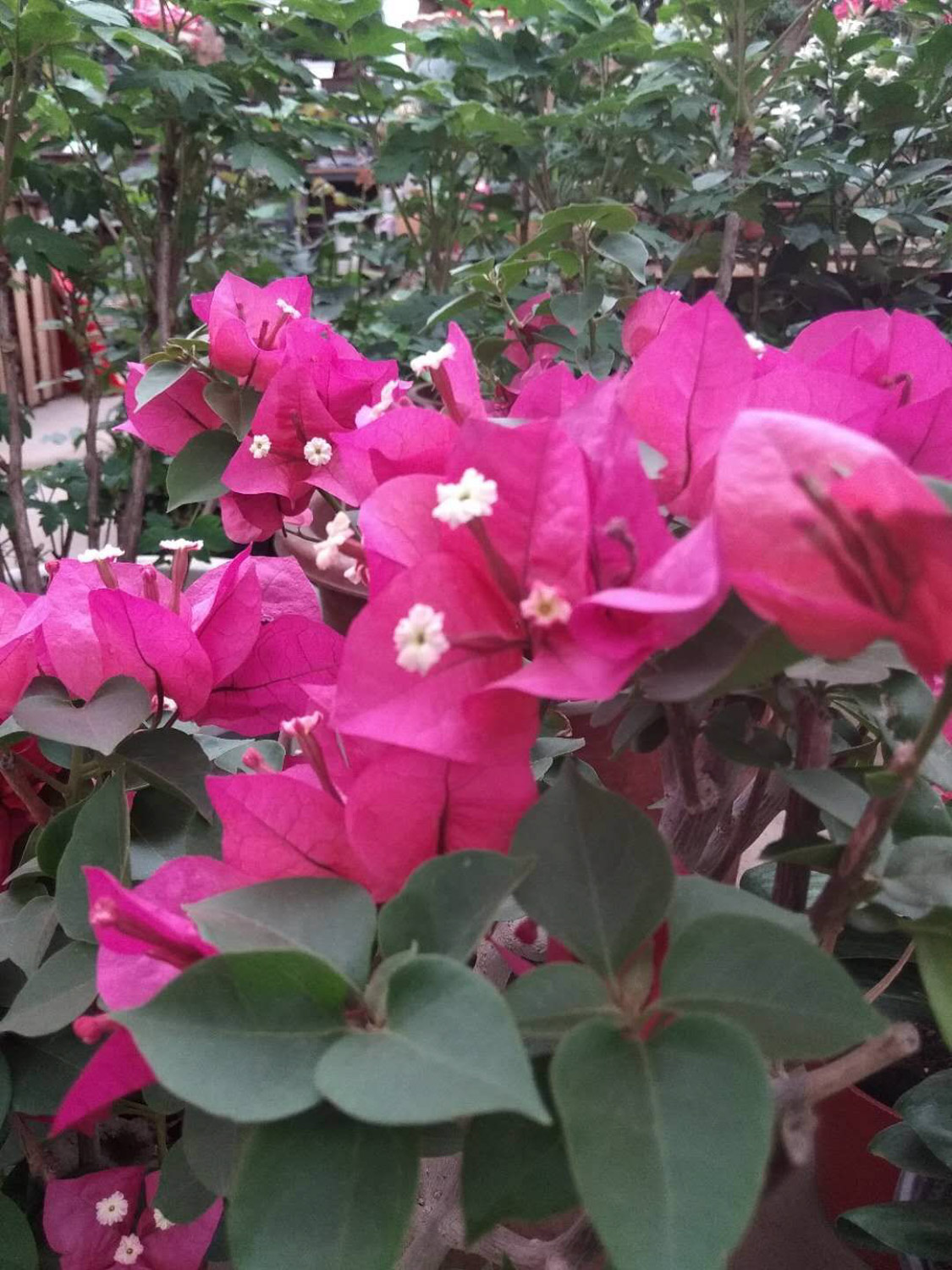
2、 Pruning method
1. Short shear
It is to cut off a section of the branch that has grown for a year. If half or one third is cut off, it is called heavy short shear. If you cut only one-third or less, it is called light short shear. This kind of cutting method will stimulate its lower buds greatly, which can make the new branches grow fastest, but it will weaken the thickening of the trunk
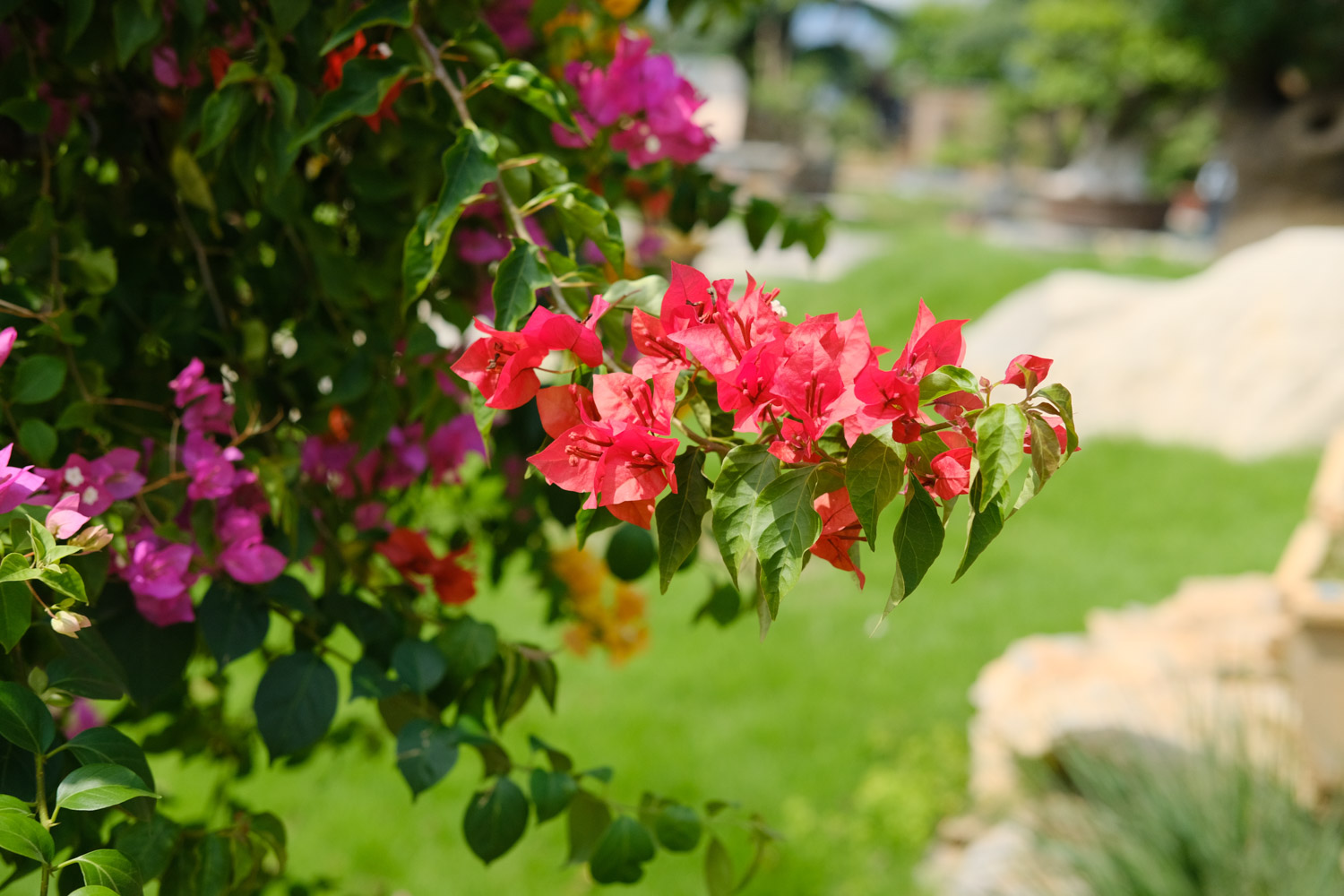
2. Sparse shear
Cutting off the branches that have been growing for a year or many years is sparse cutting, which is conducive to promoting the germination and growth of buds and branches below the cutting mouth. In this way, pruning can reduce the density of twigs, increase the internal light and help the plant grow
3. Shrinkage shear
Cutting off the branches that have been growing for many years is called shrinkage cutting. It plays a very important role in the growth of branches and buds behind the cutting mouth. This method is used to make the old trees strong again. If there are many places to be cut off, you can cut them several times
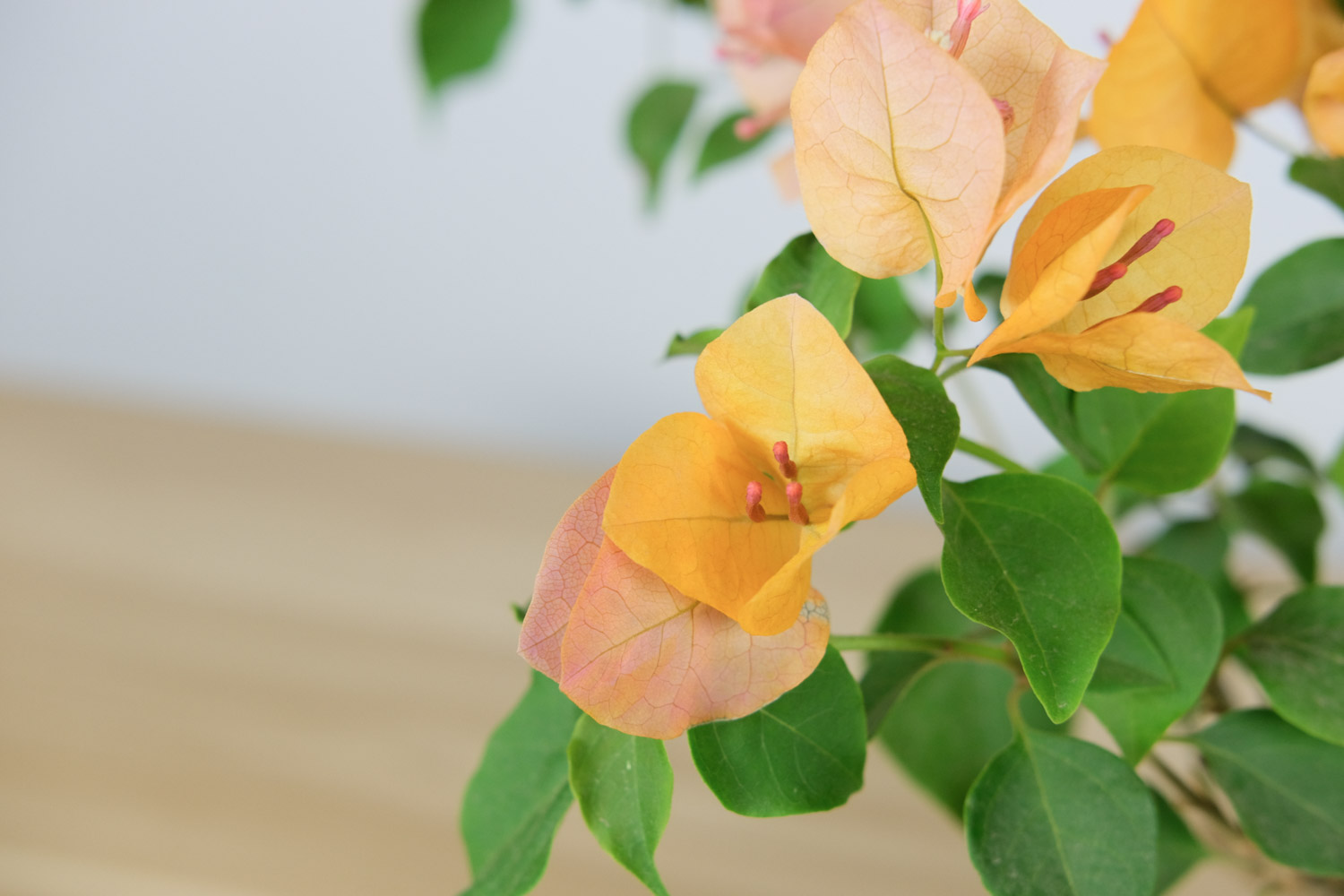

 how many times do yo...
how many times do yo... how many planted tre...
how many planted tre... how many pine trees ...
how many pine trees ... how many pecan trees...
how many pecan trees... how many plants comp...
how many plants comp... how many plants can ...
how many plants can ... how many plants and ...
how many plants and ... how many pepper plan...
how many pepper plan...

